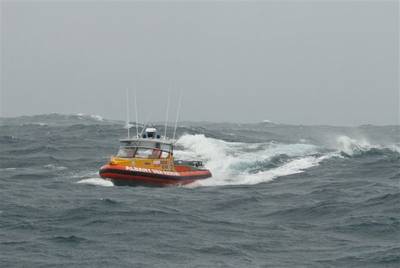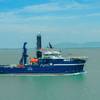New WBV Motion Analysis Course Explodes Myths
There are many myths surrounding WBV measurement and analysis on fast craft.
FRC International has developed a one day course that is easy to understand and delivers the latest information to support vibration exposure assessment, EC compliance and exemption applications.
The FRC Motion Analysis Course has been developed in association with Dr Tom Gunston and Dr Trevor Dobbins, two of the worlds leading experts on Repeated Shock (RS) and Whole Body Vibration (WBV) exposure on RIBs and fast craft.
Vibration data acquisition equipment is becoming more affordable but operators need a real understanding of what types of unit are relevant and how to use them. To make the most of a vibration logging system the user must have an understanding of WBV analysis requirements plus what the data and information can be used for. The aim of the course is for attendees to gain an understanding of international best practice to enable them to use data-logging systems correctly.
The course covers how to measure WBV and RS on all types of craft including analysis methods and their appropriate use. From this the data can be used to assess the benefits of various shock mitigation solutions such as suspension seats. A current area of interest is how vibration data analysis can be linked to health surveillance and long term monitoring which is a requirement of the EC WBV legislation.
In response to industry requests for guidance this new one day course is in an easy to understand format. Attendees will gain relevant experience as the course will use a number of examples of data acquisition systems. This includes systems that are specifically designed for day to day and routine monitoring on RIBs and planing craft.
John Haynes, Operations Director of FRC International, said, ‘The Motion Analysis Course provides designers, boat builders and end-users with the ability to measure levels of vibration exposure that can affect crew and passengers on all types of craft. This understanding enables operators to improve safety across their maritime operations.’
The first Motion Analysis Course is being held in Southampton UK in December 2012.














